If you have never been to the gym or have yet to follow a structured training program, knowing what you should be lifting on each exercise is kind of a guessing game. How much weight should I lift if I want to gain strength or muscle, or just want to be fit? This guide will give you the basic guidelines to finding the proper weight for each exercise that you perform in the gym or even during your basic home workout. I highly recommend that when making a workout plan you take into account how much weight you should lift.
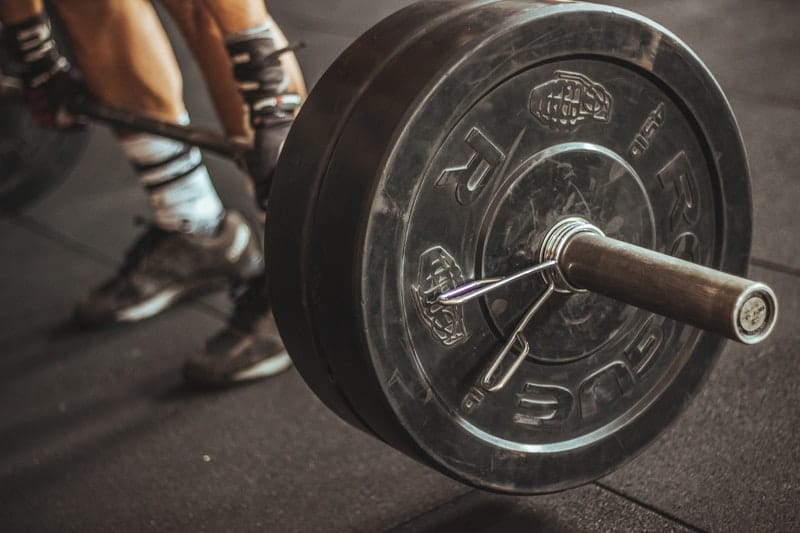
It doesn’t matter what equipment you use, as this guide works for all types of exercises and resistance.
First Things First – What’s Your Goal?
You can’t go hit the gym for a training session without knowing your goal. For complete beginners and those who are asking “how much weight should I lift” there are only 3 goals:
- Maximal Strength (will also develop power and explosiveness)
- Hypertrophy (bigger muscles)
- Muscular Endurance (great for just getting fit)
Each of them requires you to train with certain levels of resistance to create the wanted adaptations. One thing to note is that beginners with little-to-no experience with strength training that want to get stronger can gain quite a bit of strength with high rep work usually reserved for hypertrophy and endurance training. That’s because the body lacks the neural adaptations that come along with experience that allow strength levels to skyrocket.
Other than that tidbit of information, you can decide what your goal is and read the section to find out how you should be training.
Maximal Strength
Strength training requires heavy weights and low repetitions, which is common sense. That means that when you train, you need heavy sets for low repetitions, usually around 4-6 reps per set, similarly to dips progression or pushup progressions.
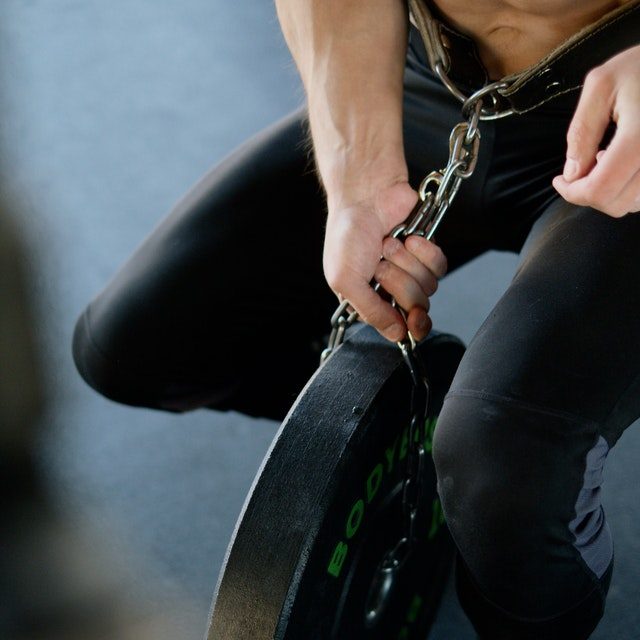
Going lower than that too often and going to exhaustion will cause CNS burnout and hinder strength gains. Training in the 4-6 rep range will keep your training safe and promote lasting progress. Look for symptoms of exhaustion and take action early!
Muscle Hypertrophy
You can gain muscle while training for strength and endurance since volume and nutrition make up the majority of the potential for gaining muscle. However, many trainees looking to build maximum muscle use the rep range of 6-12.
This is a comfortable rep range that doesn’t cause massive loads of lactic acid to build as it does in endurance training and it doesn’t stress the CNS as much as the strength training range.
Muscular Endurance
Training for muscular endurance usually entails training with 12+ reps per set. Some people go crazy and do massive amounts of reps each set, but capping it at 30 reps is probably a good idea for the sake of efficient training.
So, the huge range of 12-30 can be used for training for muscular endurance.
The Build-Up Method
Now you have your goal and you know the number of reps you should be performing per set to support that goal. Finally, we are getting to the answer of “how much weight should I lift?”.
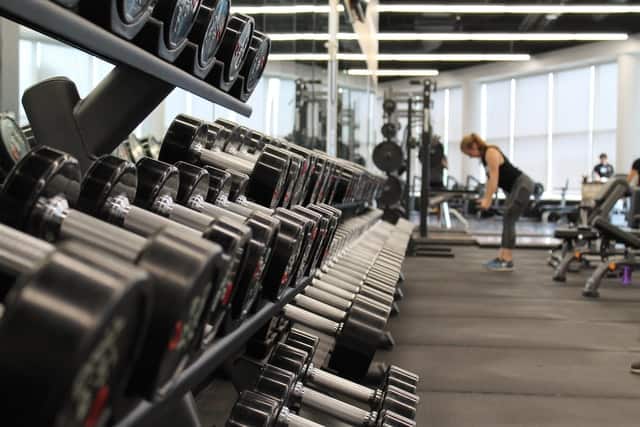
We are going to use a build-up technique to find your working weight for a specific exercise. This method also works great as a warmup and can be used throughout your training to make sure you go into each exercise confident and warmed up for the weight you will lift.
Here are the steps:
- Pick one exercise. For this example, we are going to be doing Barbell Squats while training for hypertrophy (so each set should be between 6-12 reps).
- Pick a weight that you know you can crush. This can be as low as only the barbell if you’d like. Choosing just the bar, which is 45 lbs, do a set of 12 reps.
- Add a couple of plates to the bar and repeat. We’ll do our next sets with 75 lbs, 105 lbs, 135 lbs, and 165 lbs.
- Up until 165 lbs, all 12 reps were completed. Once we hit 165, we only completed 8 reps. BINGO! You now know that will be your working weight for that exercise for the day.
- Complete all your prescribed sets of that exercise with your working weight.
- Repeat the process for all exercises.
Then, next session, you have a better idea of where to start. Still, using the build-up method is recommended and can be used as a warmup each session.
How To Progressively Overload
To make progress towards any goal in the gym, progressive overload is required. Here are the main ways that we can implement progressive overload:
- Increase the weight lifted
- Increase the reps performed
- Increase the sets performed
To easily wrap this into our build-up method, we’ll keep going with our example from earlier.
- In the next session, we are using Barbell Squats for hypertrophy again. We build up and get to 165 again.
- This time we lift 165 for all 12 reps. Since it was our last working weight but we didn’t hit the cap of the rep range last session, we’ll aim for that this time.
- We hit 165 for 12 reps on all working sets. This means we implemented progressive overload by completing more reps this session.
- Next session we will increase the weight to 175 lbs to utilize the weight increase for progressive overload.
- Repeat the process over and over, either getting more reps or increasing the weight if you hit your goal reps on every set.
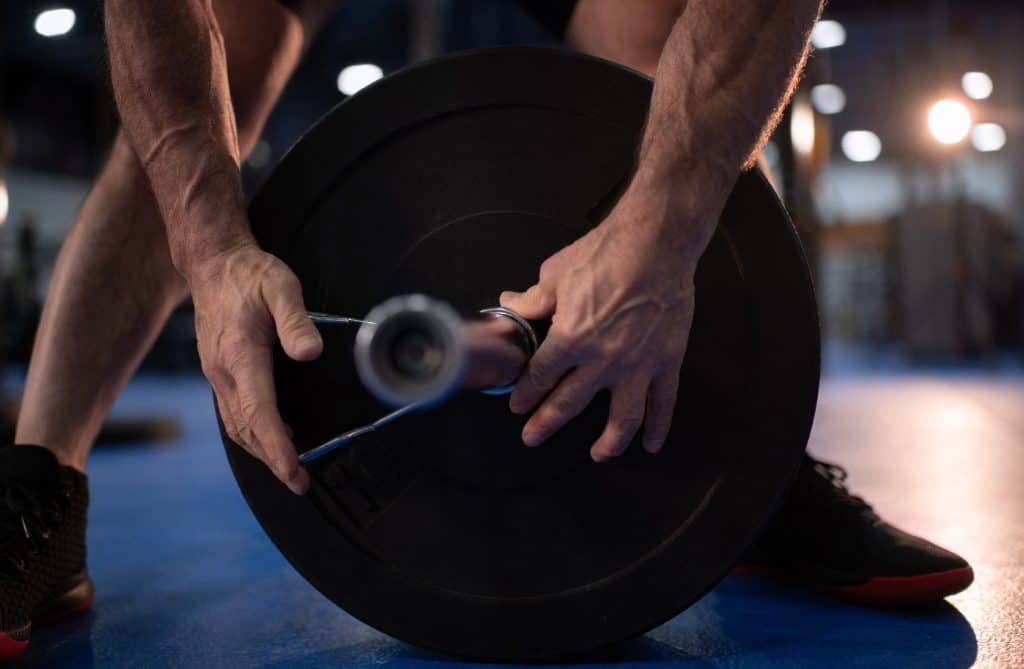
As mentioned, you can also increase the number of sets performed as a way of overloading. Here is an example:
- In the first session, you did Barbell Bench Press for 3 sets of 10 with 155 lbs, so you won’t be increasing the weight for the next session.
- In the next session, you do 3×10 again with 155 lbs but couldn’t get more reps. You need progressive overload so you’ll do one extra set and turn the exercise into 4×10 with 155 lbs.
- In the next session, aim for more reps in the 4 sets. If you simply can’t, add another set.
Don’t do this too many times as you’ll quickly build up to too much volume and burnout. Always aim to increase the reps completed and raise the weight lifted when you max out the rep range!
Remember that weight lift progression is a huge shock to your muscles and it is paramount you regularly perform stretch routine and let your muscle recover after workout. While building new muscle mass, make sure you use protein calculator to make sure you know how much protein you need.
Get To The Gym!
This guide will help you get results for the first year or two of training. Many training programs are overly complicated and beginners can make great progress by intuitively training with the build-up method every training session and utilizing progressive overload. Hopefully, you now know that answer to “how much weight should I lift?” and prepare you to be stronger with time to go on your first backpacking trip around Europe.
